How to Implement Customer Service KPIs Effectively
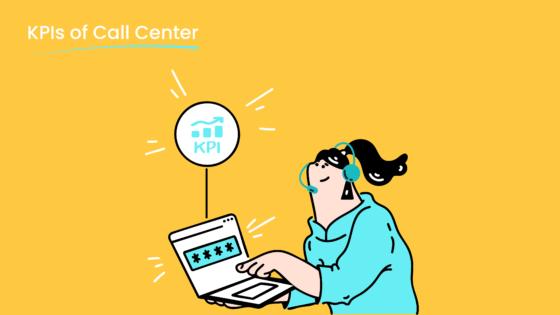
Customer service KPIs are measurable indicators that help you evaluate your team's performance and identify areas for improvement. Metrics like average resolution time and first contact resolution rate provide actionable insights into operational efficiency. For example, tracking cost per resolution helps you optimize staffing, while customer satisfaction scores reveal how well your team meets expectations.
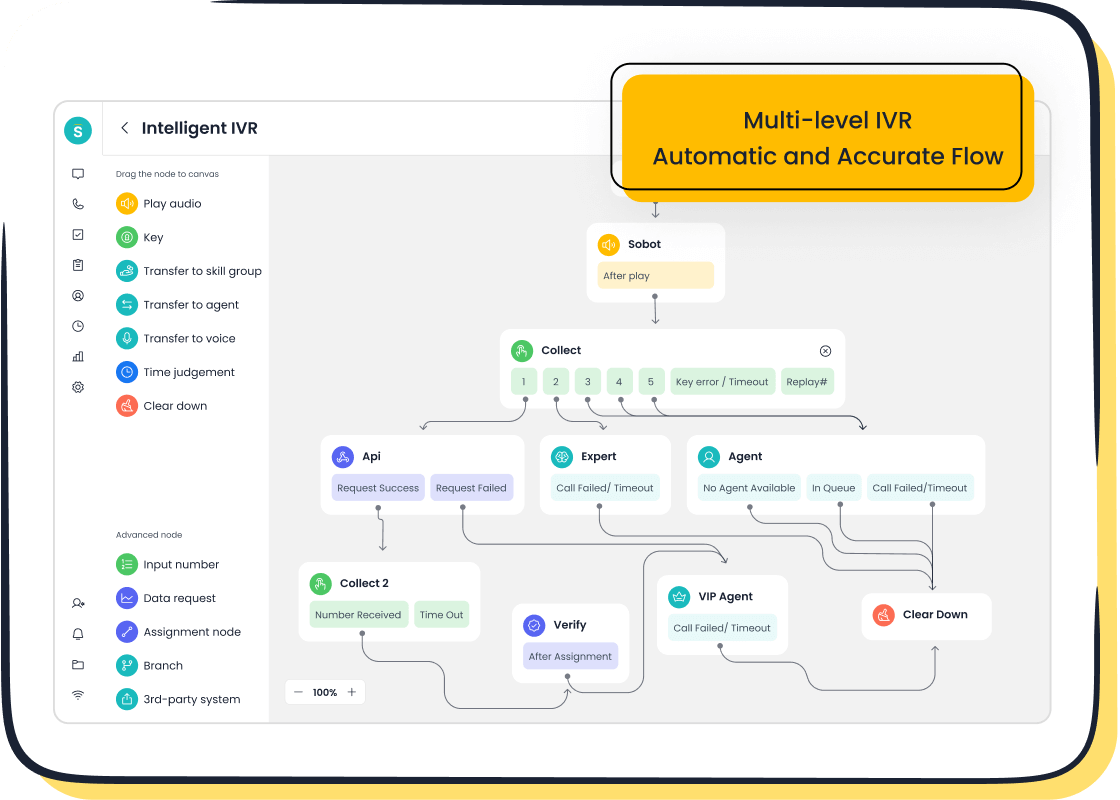
These KPIs directly impact customer satisfaction by improving response times and service consistency. Monitoring them enables better resource allocation and process adjustments, enhancing the overall experience. Sobot's Voice/Call Center simplifies this process with features like real-time monitoring, intelligent IVR, and AI-powered analytics. By leveraging such tools, you can streamline operations and achieve measurable improvements in service quality.
Understanding Customer Service KPIs
What Are Customer Service KPIs?
Customer service KPIs, or key performance indicators, are measurable values that assess how effectively your team meets specific objectives. These metrics provide a clear picture of your team's performance and help identify areas for improvement. For instance, tracking metrics like first response time or average handle time allows you to evaluate how quickly and efficiently your team resolves customer inquiries.
Customer service KPIs are not just numbers; they are tools that guide decision-making. They help you understand whether your team is meeting customer expectations and delivering a positive customer experience. By focusing on these metrics, you can align your team's efforts with your business goals, ensuring consistent service quality and operational efficiency.
| KPI Name | Definition |
|---|---|
| First response time | The time taken to reply to the customer for the first time after a ticket has been created. |
| Average handle time (AHT) | The average time an agent takes to handle a customer’s issue from start to finish. |
| Resolution SLA | The percentage of tickets resolved before the specified SLA. |
| First contact resolution | The percentage of tickets resolved within the first support interaction. |
Why Are Customer Service KPIs Important for Your Team?
Customer service KPIs play a critical role in enhancing team performance and customer satisfaction. They provide actionable insights into your team's strengths and weaknesses, enabling you to make data-driven decisions. For example:
- Customer Satisfaction Score (CSAT) measures how well your team meets customer expectations.
- First Contact Resolution (FCR) reflects your team's ability to resolve issues promptly, reducing delays and improving efficiency.
- Quality Assurance KPIs ensure service compliance and minimize errors, maintaining operational reliability.
By monitoring these metrics, you can identify bottlenecks, optimize workflows, and allocate resources effectively. This not only improves the customer experience but also boosts team morale by setting clear and achievable goals.
Common Challenges in Achieving Customer Service KPIs
Achieving customer service KPIs can be challenging due to various factors. Industries like healthcare, finance, and education often face unique hurdles. For example:
| KPI | Definition | Related Industries |
|---|---|---|
| First Call Resolution | Resolving customer interactions on the first call | Healthcare, Finance |
| Speed to Answer | Time taken for an agent to answer a call | Healthcare |
| Abandonment Rate | Percentage of calls abandoned before reaching an agent | Healthcare |
| Handle Time | Average time to resolve a customer inquiry | Law, Education |
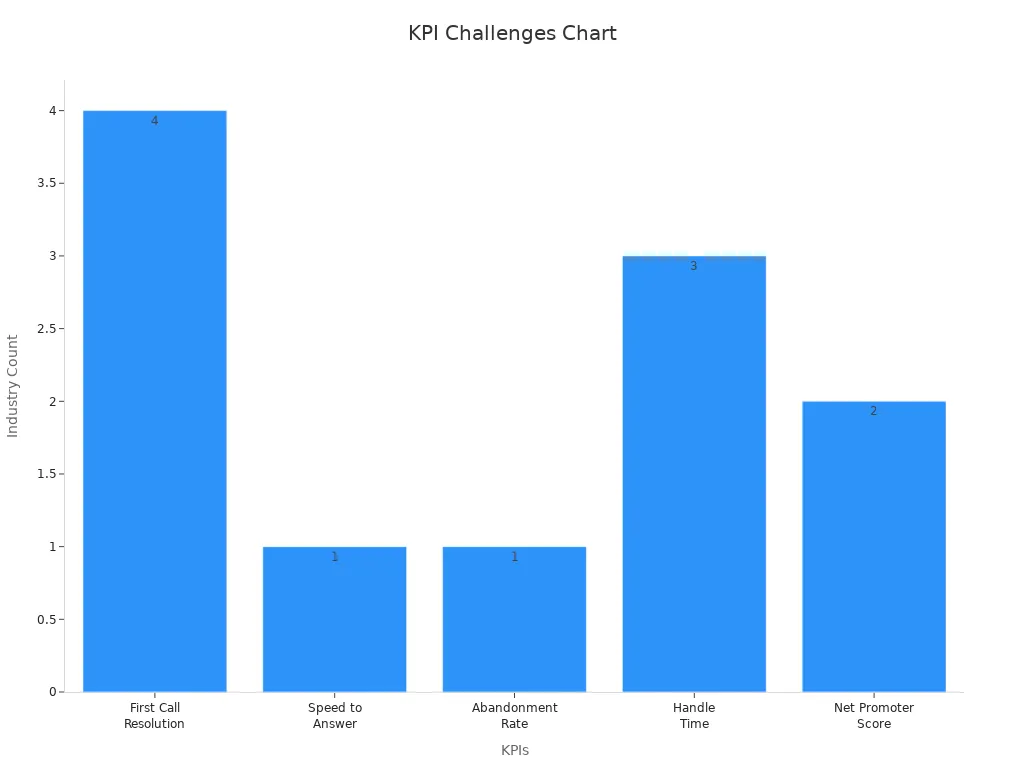
Improving KPIs requires a holistic approach. Adopting a customer-centric mindset, leveraging efficient technologies like AI, and providing regular staff training can significantly enhance performance. Businesses that focus on customer needs are 60% more profitable, while those investing in training see a 24% increase in profits.
Steps to Implement Customer Service KPIs
Identify Key Metrics Aligned with Business Goals
To implement customer service KPIs effectively, start by identifying metrics that align with your broader business objectives. These key performance indicators should reflect your company's priorities, such as improving customer retention, increasing revenue, or enhancing operational efficiency. For example:
- Sales metrics like customer acquisition cost (CAC) and conversion rates align with goals to grow market share.
- Customer success metrics, including satisfaction scores and churn rates, support retention strategies.
- Marketing metrics like website traffic and lead generation contribute to brand awareness and acquisition efforts.
By focusing on metrics that directly impact your business goals, you ensure that your customer service KPIs drive meaningful outcomes. A systematic approach can help guide this process.
| Step | Description |
|---|---|
| 1 | Review current performance metrics |
| 2 | Analyze historical trends and standards |
| 3 | Set specific, measurable objectives |
| 4 | Establish realistic timeframes |
| 5 | Create applicable improvement plans |
Align Customer Service KPIs with Team Objectives
Once you’ve identified the right metrics, align them with your team’s objectives. This ensures that every team member understands how their performance contributes to achieving broader business goals. For instance, tracking metrics like first response time and ticket volumes can help your team focus on improving response efficiency and managing workloads effectively.
| Metric | Description |
|---|---|
| Call Resolution Times | Measures the average time taken to resolve customer issues, indicating operational efficiency. |
| First Response Times | Tracks how quickly your team responds to inquiries, directly impacting customer satisfaction. |
| Net Promoter Scores (NPS) | Assesses customer loyalty and satisfaction, guiding service improvements. |
When your team objectives align with customer service KPIs, you create a cohesive strategy that enhances both individual and organizational performance.
Set Clear and Measurable KPI Targets
Setting clear and measurable targets is essential for tracking progress and achieving success. Use benchmarks and empirical data to define realistic goals. For example, top-performing companies achieve a first contact resolution rate of 86.3% or higher and maintain customer satisfaction levels above 94.6%.
| Metric | Top Quartile Performance |
|---|---|
| Customer Satisfaction | 94.6% or greater |
| First Contact Resolution Rate | 86.3% or greater |
| Average Speed of Answer | 29 seconds or less |
Establishing such targets provides your team with a clear roadmap for success. Regularly review these benchmarks to ensure they remain relevant and achievable as your business evolves.
Communicate KPIs Effectively to Your Team
Effective communication of KPIs ensures your team understands their goals and how their performance impacts overall customer service outcomes. Start by presenting KPIs in a clear and structured manner. Use visual aids like charts or dashboards to make complex data more digestible. For example, displaying metrics such as first response time or customer satisfaction scores in a shared workspace fosters transparency and accountability.
Adopt multiple communication channels to cater to diverse team preferences. Email updates, team meetings, and one-on-one sessions can help reinforce KPI objectives. Setting SMART (Specific, Measurable, Achievable, Relevant, Time-bound) communication goals provides clarity and direction. For instance, you might set a goal to reduce average handle time by 10% within three months. Regular feedback sessions allow team members to share their insights and challenges, promoting collaboration.
Tracking communication effectiveness is equally important. Metrics like the number of meetings held, attendance rates, and feedback survey results can reveal areas for improvement. A table summarizing these metrics might look like this:
| Metric | Description |
|---|---|
| Number of communication channels | Evaluates adaptability and efficiency in utilizing various communication methods. |
| SMART communication goals | Provides clear direction and purpose, fostering collaboration and enhancing communication. |
| Measurable metrics | Allows tracking of progress towards communication goals, enabling data-driven decisions. |
| Feedback and satisfaction surveys | Gathers insights into team members' satisfaction with communication processes, identifying areas for improvement. |
| Number of meetings and attendance | Indicates the level of active participation and engagement within the team. |
By prioritizing clear and consistent communication, you empower your team to achieve customer service KPIs effectively.
Use Tools Like Sobot's Voice/Call Center for Monitoring and Reporting

Monitoring and reporting are critical for tracking KPI progress and identifying areas for improvement. Sobot's Voice/Call Center offers advanced tools to simplify this process. Its real-time monitoring feature allows you to track key metrics like average resolution time and first contact resolution rate as they happen. This ensures you can address issues promptly and maintain high service standards.
The platform's intelligent IVR and AI-powered analytics provide actionable insights into customer interactions. For example, you can analyze call data to identify patterns in customer inquiries, helping you optimize workflows. The unified workspace consolidates all customer information, enabling agents to deliver personalized service while meeting KPI targets.
Sobot's Voice/Call Center also supports global operations with features like time zone support and multilingual capabilities. This makes it an ideal solution for businesses serving diverse customer bases. By leveraging these tools, you can enhance your team's efficiency and ensure consistent progress toward achieving customer service KPIs.
Best Practices for Achieving Customer Service KPIs
Leverage Advanced Tools and Software, Including Sobot's Solutions
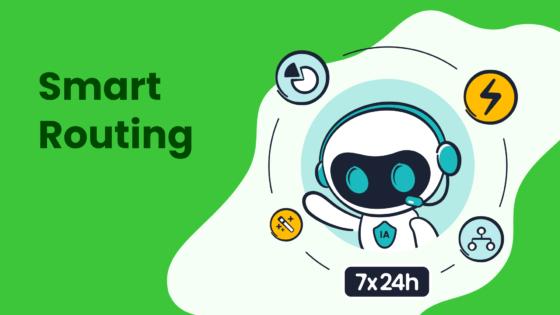
Using advanced tools and software is essential for achieving customer service KPIs. Platforms like Sobot's Voice/Call Center simplify KPI tracking and improve operational efficiency. For instance, Sobot's intelligent IVR and AI-powered analytics allow you to monitor metrics like first response time and customer satisfaction in real time. These features help you identify bottlenecks and optimize workflows.
Data confirms the effectiveness of leveraging such tools. Businesses using AI-driven platforms report a 20% reduction in inbound discussion volume and a 96% increase in positive feedback. Additionally, Sobot's solutions enable over 80% accuracy in AI-provided answers, boosting customer experience and service quality. By integrating these tools, you can streamline operations and achieve superior customer service metrics.
| Metric | Improvement |
|---|---|
| Reduction in inbound discussion volume | 20% |
| Increase in positive feedback | 96% + |
| Correct answers provided by AI platform | Over 80% |
| Customer satisfaction rate | Over 95% |
Use Data Analytics to Track and Improve KPIs
Data analytics plays a critical role in tracking and improving customer service KPIs. By analyzing customer interactions, you can uncover trends and identify areas for improvement. For example, an e-commerce company increased conversion rates by 25% after using data to streamline its checkout process. Similarly, a subscription service reduced churn by 15% through targeted loyalty programs.
Key metrics like customer lifetime value (CLV), churn rate, and average resolution time benefit significantly from data-driven insights. Sobot's Voice/Call Center provides robust analytics tools that allow you to track these metrics effectively. With features like real-time monitoring and detailed reporting, you can make informed decisions to enhance service quality and customer satisfaction.
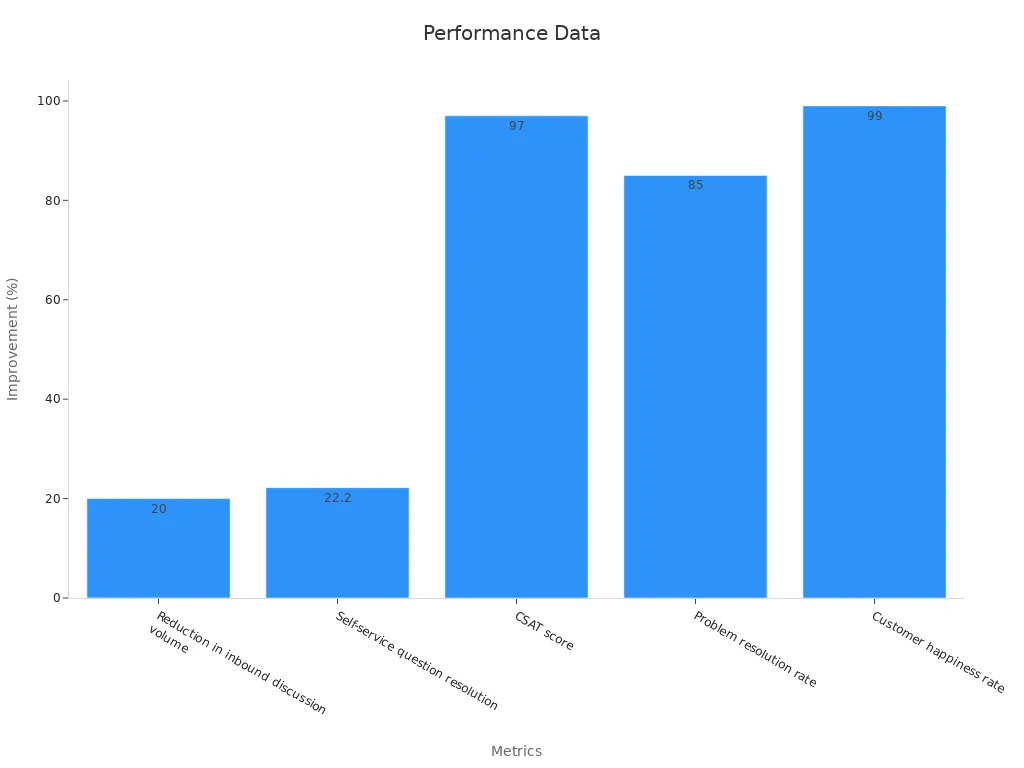
Provide Regular Training and Support for Your Team
Regular training and support are vital for improving customer service KPIs. Well-trained employees feel more confident and deliver better results. Studies show that 76% of employees with access to ongoing training feel more capable in their roles. Additionally, organizations that invest in training see higher customer satisfaction scores and lower employee turnover rates.
You can implement training programs focused on improving key metrics like first response time and customer satisfaction. For example, role-playing scenarios can help agents handle complex inquiries more effectively. Sobot supports this by offering tools that simplify workflows, enabling your team to focus on delivering exceptional service. Regular feedback sessions also ensure continuous improvement, fostering a culture of excellence.
Continuously Review and Adjust KPIs Based on Performance Insights
Regularly reviewing and adjusting your KPIs ensures they remain relevant and effective in driving your customer service goals. Performance insights provide valuable data that can highlight trends, identify bottlenecks, and reveal opportunities for improvement. By analyzing these insights, you can refine your strategies and maintain alignment with your business objectives.
Adapting KPIs based on performance data is a dynamic process. For example, if your team consistently exceeds a target like first response time, you might set a more ambitious goal to further enhance customer satisfaction. Conversely, if a KPI such as average resolution time shows a downward trend, you can investigate the root cause and implement corrective measures. This iterative approach ensures continuous improvement and keeps your team focused on delivering exceptional service.
The benefits of this practice are well-documented. Studies show that organizations with consistent performance reviews achieve higher success rates. For instance:
- A study by the National Bureau of Economic Research revealed that startups with regular mentoring strategies had a 30% higher success rate over five years.
- In education, students participating in structured after-school programs improved their test scores by 20% compared to their peers.
These findings underscore the importance of ongoing evaluation and adjustment. Applying this principle to customer service KPIs can significantly enhance your team's performance and customer satisfaction.
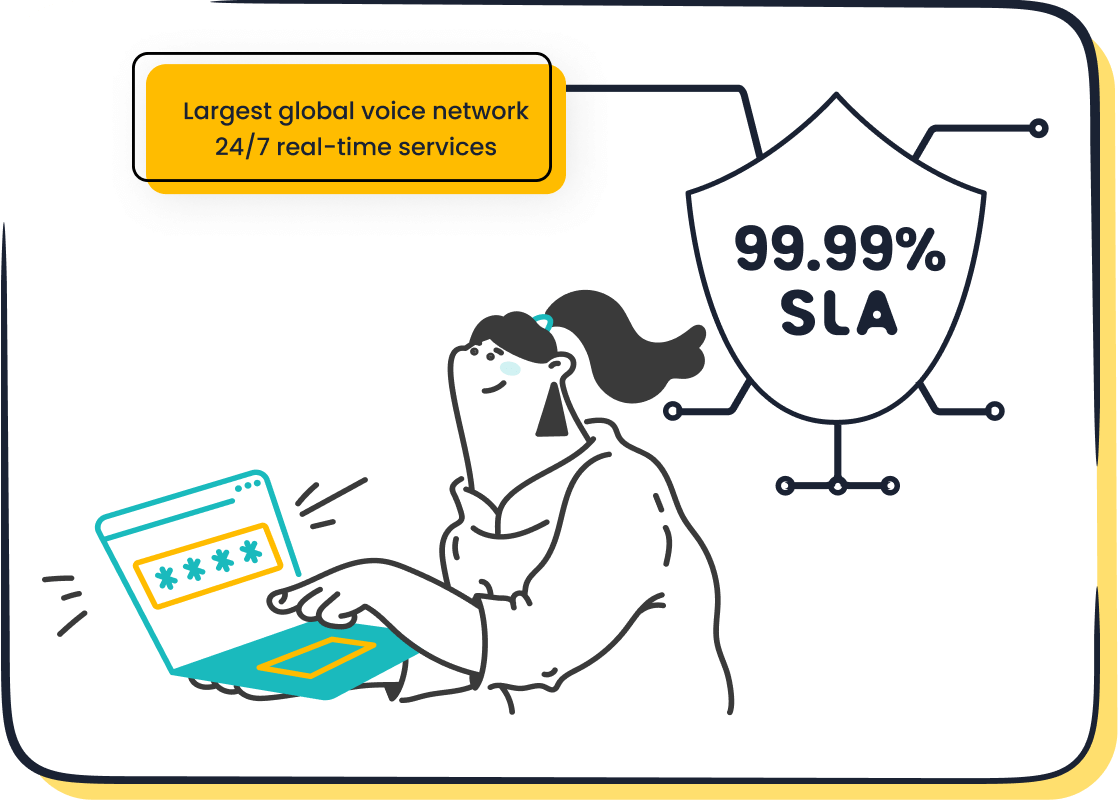
To implement this effectively, establish a routine for reviewing KPIs. Use tools like Sobot's Voice/Call Center to monitor real-time data and generate detailed reports. These insights allow you to make informed decisions and adapt quickly to changing customer needs. By fostering a culture of continuous improvement, you can ensure your KPIs remain a powerful tool for achieving your service goals.
Examples of Key Customer Service KPIs

Average Resolution Time (ART)
Average resolution time measures how quickly your team resolves customer issues. It reflects your team's efficiency and directly impacts customer satisfaction. A shorter resolution time indicates streamlined processes and effective problem-solving. You can calculate it using the formula:
(Sum of all resolution times) / Number of customer queries
Resolution times vary across communication channels. For instance, phone support typically resolves issues within 3 to 7 minutes, while email inquiries may take up to 24 hours. Here's a breakdown of average resolution times by channel:
| Channel | Average Resolution Time |
|---|---|
| Self-service | Instant |
| Phone | 3 to 7 minutes |
| Live chat | 10 minutes |
| Social media chat | 10 minutes |
| Social media comments | 24 hours |
| 24 hours |
Tracking this KPI helps you identify bottlenecks and improve first contact resolution rates, ensuring a seamless customer experience.
Customer Satisfaction Score (CSAT)
The customer satisfaction score evaluates how well your team meets customer expectations. It is calculated as:
(Sum of all ratings) / Number of customers who gave ratings
A high CSAT indicates that your team consistently delivers quality service. Globally, a CSAT above 80% is considered good, while scores exceeding 90% are exceptional. Different industries have varying benchmarks:
| Industry | Good CSAT Score Range |
|---|---|
| Apparel | 80% |
| Automobiles | 75% to 85% |
| Banks | 80% or higher |
Focusing on this KPI allows you to enhance customer loyalty and refine your service strategies.
Net Promoter Score (NPS)
Net Promoter Score measures customer loyalty by assessing how likely customers are to recommend your business. It is calculated as:
(((Number of promoters) - (Number of detractors)) / (Number of respondents)) * 100
NPS scores range from -100 to +100. Scores above +50 are excellent, while those between +30 and +50 are good. Here's a detailed classification:
| NPS Range | Description |
|---|---|
| -100 to 0 | Poor |
| 1 to 40 | Good |
| 41 to 70 | Great |
| 71 to 100 | Excellent |
For example, the grocery industry averages an NPS of 30, while video streaming services average 29. Monitoring NPS helps you identify areas for improvement and foster stronger customer relationships.
First Response Time (FRT)
First response time (FRT) measures how quickly your team responds to a customer's initial inquiry. This metric is critical in shaping the customer experience, as it reflects your team's attentiveness and efficiency. A swift FRT reassures customers that their concerns are a priority, fostering trust and satisfaction. For instance, the average benchmark for live chat is 1 minute and 36 seconds, while phone support should ideally respond within 3 minutes.
| Metric | Value |
|---|---|
| Reasonable wait time for phone support | 3 minutes |
| Average FRT benchmark for live chat | 1 minute 36 seconds |
| Customer satisfaction with live chat | 92% |
A quick response also increases the likelihood of achieving first call resolution (FCR), which directly impacts customer loyalty. Delayed responses, on the other hand, can lead to frustration and even customer churn. Efficient FRT is especially crucial during pre-sales interactions, where timely responses can influence conversion rates.
To improve FRT, consider leveraging tools like Sobot's Voice/Call Center. Its real-time monitoring and intelligent IVR features enable your team to respond promptly and effectively. By prioritizing FRT, you not only enhance customer satisfaction but also strengthen your team's overall performance.
Customer Retention Rate
Customer retention rate measures the percentage of customers who continue to engage with your business over a specific period. This metric is a strong indicator of customer loyalty and long-term success. Industries like media and professional services boast retention rates as high as 84%, while sectors such as hospitality and retail face challenges, with rates as low as 55% and 63%, respectively.
| Industry | Customer Retention Rate | Difference vs Average* |
|---|---|---|
| Media | 84% | ↑ 9% |
| Professional Services | 84% | ↑ 9% |
| Automotive & Transportation | 83% | ↑ 8% |
| Insurance | 83% | ↑ 8% |
| IT Services | 81% | ↑ 6% |
| Construction & Engineering | 80% | ↑ 5% |
| Financial Services | 78% | ↑ 3% |
| Telecommunications | 78% | ↑ 3% |
| Healthcare | 77% | ↑ 2% |
| IT & Software | 77% | ↑ 2% |
| Average Retention Rate* | 75% | - |
| Banking | 75% | - |
| Consumer Services | 67% | ↓ 8% |
| Manufacturing | 67% | ↓ 8% |
| Retail | 63% | ↓ 12% |
| Hospitality, Travel, Restaurants | 55% | ↓ 20% |
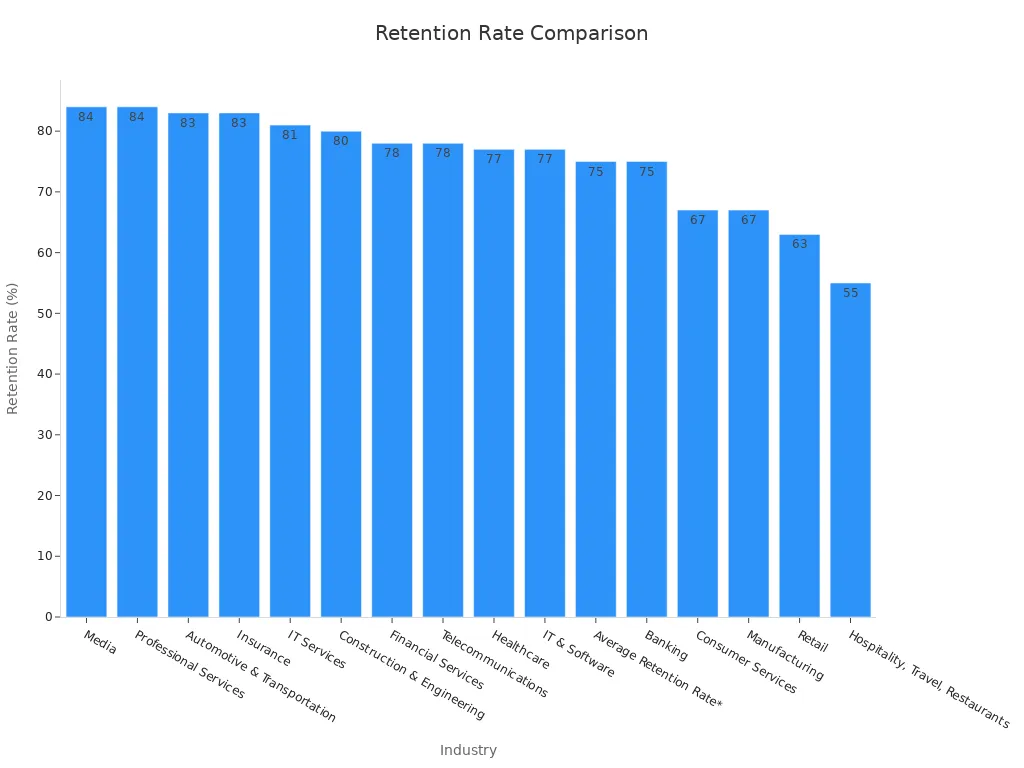
Improving customer retention requires a focus on delivering consistent, high-quality service. Tools like Sobot's Voice/Call Center can help by providing personalized interactions and tracking key metrics. Retaining customers is more cost-effective than acquiring new ones, making this KPI essential for sustainable growth.
How to Measure and Improve Key Customer Service KPIs

Tools and Techniques for Accurate KPI Measurement
Accurate measurement of customer service KPIs requires a combination of reliable tools and proven techniques. Start by selecting metrics that align with your business objectives, such as customer satisfaction score (CSAT), net promoter score (NPS), and average resolution time. Each KPI serves a unique purpose. For instance, CSAT surveys capture immediate customer reactions, while NPS gauges long-term loyalty.
| KPI | Method of Measurement | Strategic Importance |
|---|---|---|
| Customer Satisfaction Score | Post-interaction surveys asking customers to rate satisfaction | Reflects immediate customer sentiment |
| Net Promoter Score | Surveys on likelihood of recommending your service | Predicts customer loyalty and business growth |
| Average Resolution Time | Tracking time from initial contact to issue resolution | Highlights operational efficiency and customer experience |
Using tools like Sobot's Voice/Call Center simplifies this process. Its real-time monitoring and analytics features provide actionable insights, enabling you to track KPIs like first contact resolution and response times with precision. Regularly reviewing these metrics ensures your team stays aligned with performance goals.
Strategies to Improve Low-Performing Metrics
Improving underperforming KPIs begins with data-driven strategies. Collect data from multiple sources, such as customer feedback forms, call recordings, and social media sentiment analysis. AI-powered tools like Sobot's intelligent IVR can process this data to identify bottlenecks and recurring issues.
Here are actionable steps to enhance low-performing metrics:
- Conduct surveys to gather direct customer feedback.
- Use call transcripts to identify training needs.
- Monitor social media for real-time sentiment analysis.
- Leverage CRM systems to track customer interactions and trends.
For example, if your average resolution time is high, analyze call data to pinpoint delays. Implementing automated workflows through Sobot's platform can streamline processes, reducing resolution rates and improving customer satisfaction.
The Role of Feedback and Sobot's Voice/Call Center in Enhancing KPIs
Customer feedback plays a pivotal role in refining service quality and achieving KPI targets. Post-interaction surveys and in-app feedback provide valuable insights into customer experiences. For instance, a low NPS score might indicate dissatisfaction with response times or issue resolution.
Sobot's Voice/Call Center enhances this process by integrating feedback collection into its unified workspace. Agents can access customer histories and feedback in real time, enabling personalized service. Additionally, its AI-powered analytics identify trends, helping you adjust strategies to meet KPI goals. By prioritizing feedback, you foster continuous improvement and strengthen customer retention.
Implementing and tracking customer service KPIs is essential for driving team performance and enhancing customer satisfaction. Metrics like average resolution time and contact resolution rate provide actionable insights into operational efficiency. For instance, reducing resolution time by 10% can significantly boost satisfaction levels, while high first-contact resolution rates correlate with increased loyalty. Loyal customers are five times more likely to repurchase and four times more likely to refer others.
Sobot's Voice/Call Center simplifies KPI management with features like real-time monitoring, intelligent IVR, and AI-powered analytics. These tools empower your team to deliver exceptional service while meeting performance goals. By leveraging such solutions, you can optimize workflows, improve customer experiences, and foster long-term loyalty.
Take the first step today. Define your KPIs, align them with your objectives, and utilize advanced tools like Sobot's to achieve customer service excellence.
FAQ
What are the most important customer service KPIs to track?
Focus on metrics like First Response Time (FRT), Customer Satisfaction Score (CSAT), Net Promoter Score (NPS), and Average Resolution Time (ART). These KPIs provide actionable insights into your team's efficiency and customer satisfaction levels, helping you improve service quality.
How can Sobot's Voice/Call Center help with KPI tracking?
Sobot's Voice/Call Center offers real-time monitoring, intelligent IVR, and AI-powered analytics. These features simplify KPI tracking by providing actionable insights into metrics like resolution time and customer satisfaction. You can also use its unified workspace to streamline workflows and enhance team performance.
How often should you review customer service KPIs?
Review KPIs at least monthly to identify trends and make timely adjustments. For fast-paced industries, weekly reviews may be more effective. Regular monitoring ensures your team stays aligned with performance goals and adapts to changing customer needs.
What tools can improve low-performing KPIs?
Use tools like Sobot's Voice/Call Center for real-time monitoring and automated workflows. AI-powered analytics can identify bottlenecks, while features like call tracking and feedback collection help refine strategies. These tools enhance efficiency and improve customer satisfaction.
Why is customer feedback essential for KPI improvement?
Customer feedback highlights areas where your service excels or falls short. It provides actionable insights that help you refine processes and meet KPI targets. Sobot's Voice/Call Center integrates feedback collection, enabling you to make data-driven decisions for continuous improvement.
See Also
Enhancing Customer Satisfaction Through Live Chat Strategies
Essential Practices for Effective Call Center Quality Management
Improving Call Center Efficiency Through Effective Monitoring